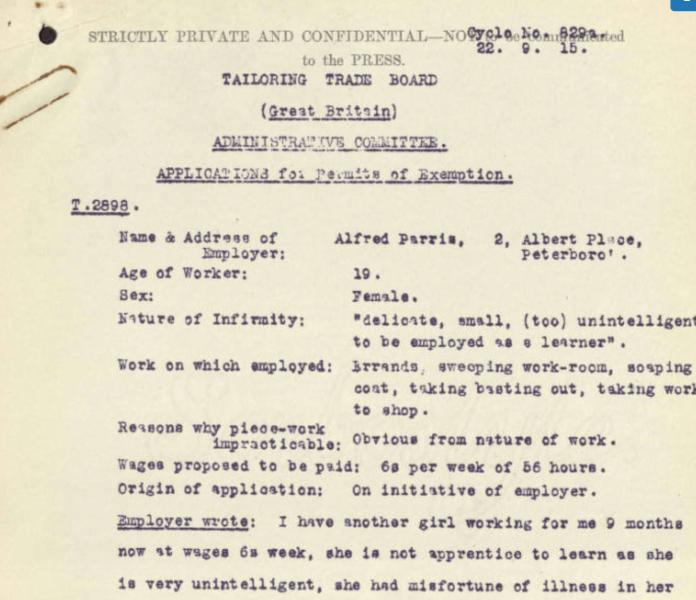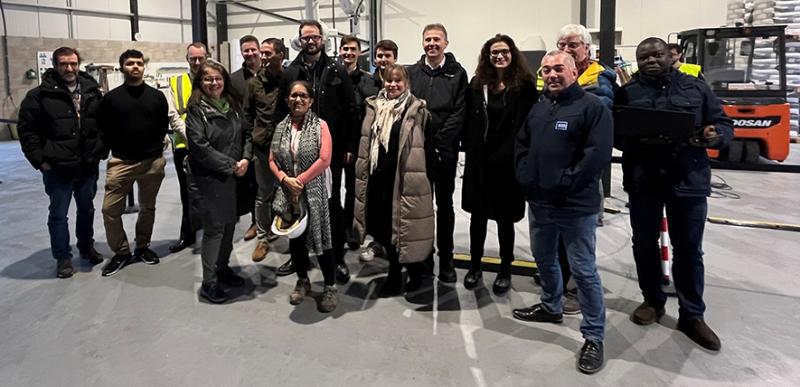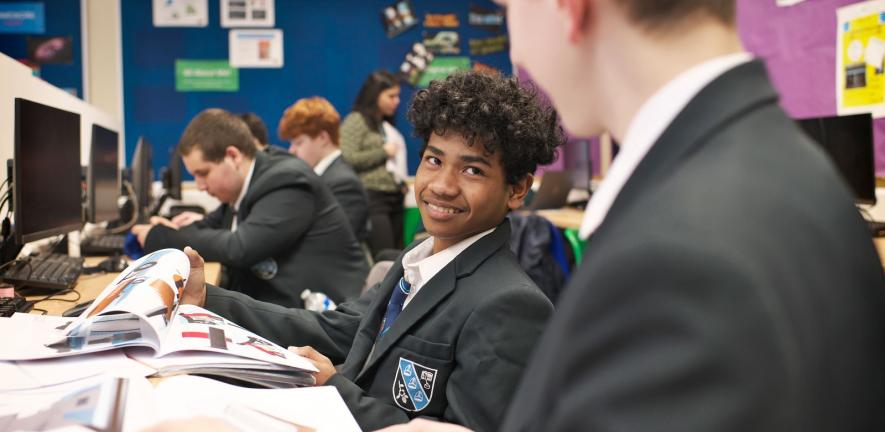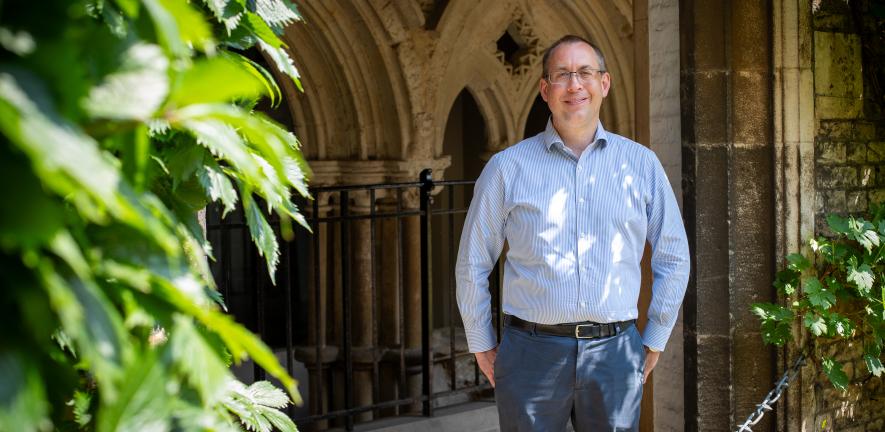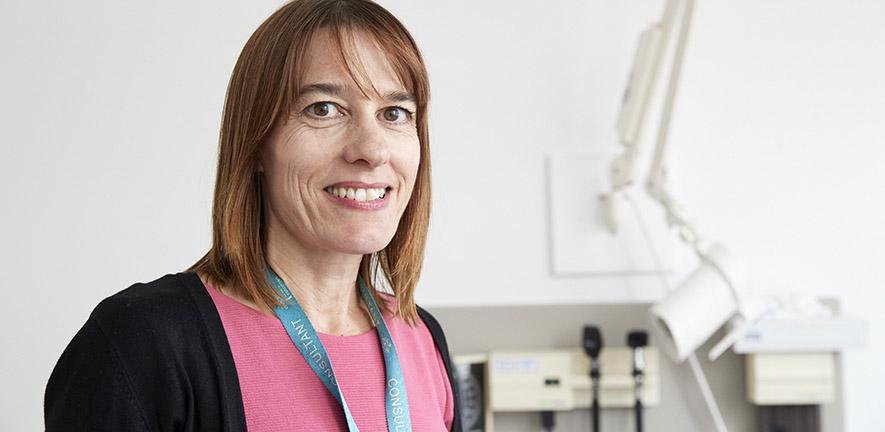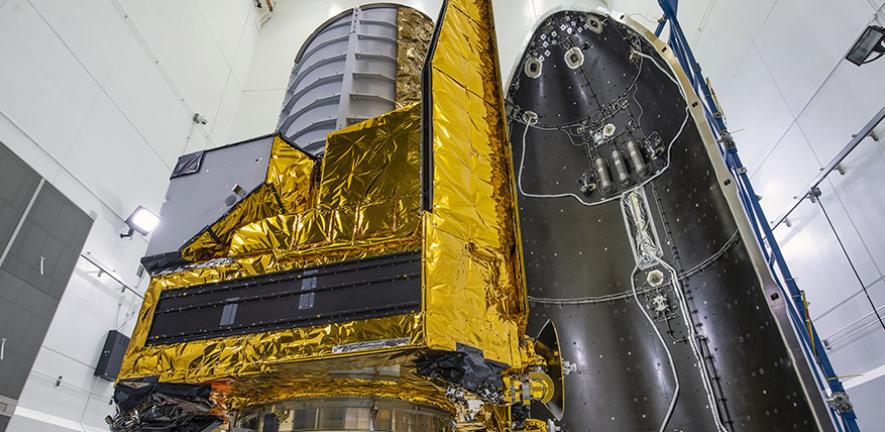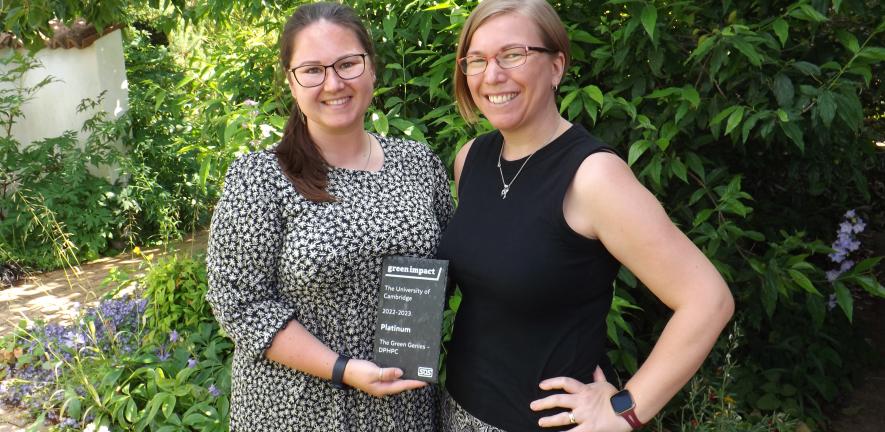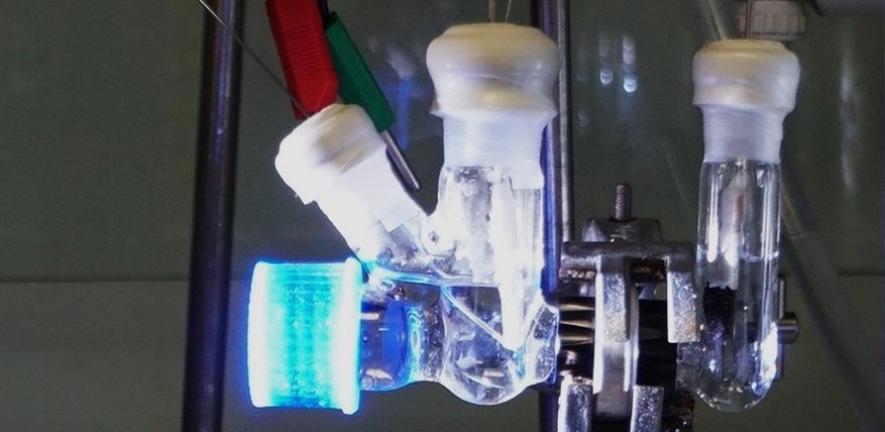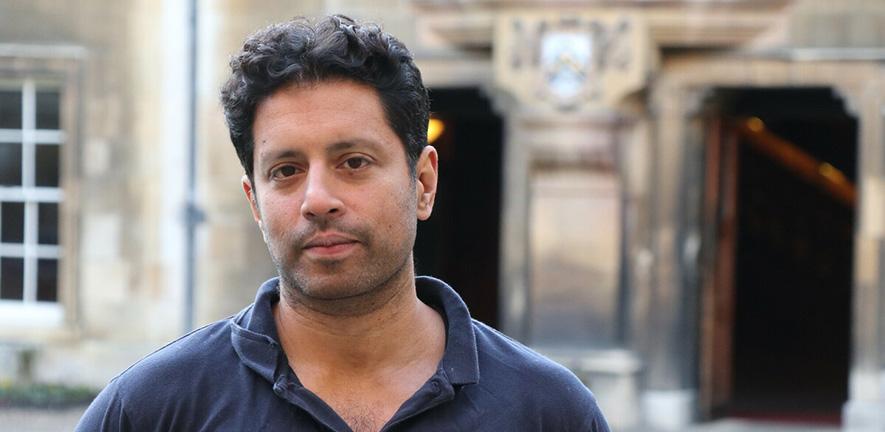
source: www.cam.ac.uk
Cambridge researchers are helping launch a nationwide study for children and young to unlock the power of our DNA.
Today we are at the beginning of the most tremendous opportunity which will transform our understanding of genetics for children’s healthAnna Moore
The National Institute for Health and Care Research (NIHR) BioResource’s D-CYPHR – the DNA, Children and Young People’s Health Resource – will play a key role in pioneering new treatments and creating better care for children and the adults they will become – everything from improving understanding of mental health to combatting heart disease. The programme is led by NIHR BioResource in partnership with the NHS, Anna Freud and the University of Cambridge.
Many serious health conditions start in the first two decades of life, with over 1.7 million children in England alone suffering from long-term health conditions. However, most health research is carried out with adults, meaning we are not only missing important opportunities to understand how disease starts, develops and its causes, but are limited in developing new treatments.
Dr Anna Moore, University of Cambridge, clinical lead for D-CYPHR, said: “Today we are at the beginning of the most tremendous opportunity which will transform our understanding of genetics for children’s health: a moment where families can help much needed health research from home. This will boost all the amazing research happening across the UK.”
The ground-breaking new programme is open to any child and young person aged 0 to 15 in the UK, to create the biggest health initiative of its kind in this country and a world first – a new national childhood DNA health resource for research from birth through adolescence.
Supporting the programme’s launch, Dr Xand van Tulleken, BBC presenter, urged parents and their children to get involved: “We urgently need research projects that support children’s health and we need children to volunteer to help! Children are amazing – I’m constantly astounded by their bravery in stepping up for causes they believe in. Today, we’re offering the chance to be a hero for healthcare – just by spitting in a tube.
“D-CYPHR will help future children, and it will help all of us in our adult lives. The ambition and scope of the D-CYPHR project is awe inspiring and it relies on these incredible volunteers to make amazing discoveries from which all of us, children and adults, will benefit.”
Research has shown the power that understanding genetics can have on outcomes for a range of conditions and illness, from improvements to how diabetes is treated in children, to the national roll-out of whole genome sequencing for babies and children in intensive care. Understanding genetics is vital in helping to understand and treat illness.
D-CYPHR aims to support this, while also mapping development in children and young people. The environment and experiences while growing up work together with genetics to affect development, and the likelihood of getting diseases. The more we can understand about this, the more treatments can be developed, and tailored to individuals. It even opens up the opportunity for earlier identification of problems, and in the future, we hope to be able to avoid some illnesses, like heart disease and type II diabetes.
Dr Anna Moore continued: “We’ve carefully designed and piloted the programme alongside children, schools and families over two years. This has been very important as this project will also be a way to address inequality in health research – health research needs to benefit everyone, and so we need children and young people from all backgrounds to get involved.
“Each sample joins a resource with thousands of others showing how environment and genetics affect health. The potential of D-CYPHR is therefore massive. We’re excited to unlock these secrets together with the young heroes that are agreeing to help us.”
Joining D-CYPHR is simple. Each young person, with parental consent, donates a saliva sample and answers a health and lifestyle questionnaire. The information and sample are depersonalised and joins the resource. By studying thousands of DNA samples together with health information, scientists can begin to see the big picture of how our genes and our environment influence our health.
In a world first, the new D-CYPHR programme will support research into any health conditions that begin in or have their origins in childhood – not just a specific condition or age group. This will include mental health conditions, diabetes, heart conditions, rare diseases, immune conditions and many more. It will also help us understand childhood development and what sets the foundations for a healthy life.
Professor Lucy Chappell, Chief Executive of the NIHR commented: “We’ve seen that genetics can help us unlock our understanding of diseases. Now we want to build on that knowledge by ensuring that our children and young people can access the power of genetics to transform diagnosis and treatment through this research. This exciting new project will help us develop an understanding of their genetics in a way that is more detailed and focused than ever before.”
Secretary of State for Health and Social Care, Steve Barclay said: “This pioneering genetic research programme is an exciting opportunity to advance our understanding of the causes of diseases and how they develop from childhood through to adulthood.
“By focusing on the DNA of children and young people we’ll be able to track how genetics affect a child’s development and build a picture of what might impact on their future health. As a result we’ll be able to develop more effective, bespoke treatments and even explore potential preventative measures for a wide range of conditions, including mental health issues and heart disease.”
Find out how you can take part on the D-CYPHR website
Adapted from an NIHR press release
Suzie, mother of a D-CYPHR participant from Salisbury
“I saw my daughter, Sophie’s, journey from a very unwell newborn to a vibrant and active seven-year-old, enjoying life to the fullest. She’s now thriving and loves reading, baking, riding, and drama, which brings immense joy to her and our family. But in her early days, she faced significant health challenges. The cause of these episodes was unknown, leaving us puzzled and seeking medical answers. Some of these questions remain unanswered, and as a doctor, I know this can happen.
“If by taking part in D-CYPHR, and expanding medical knowledge, then someone else in a similar position gets a better understanding of a cause and so the right treatment, then it’s completely worth it. D-CYPHR is an opportunity for us to support research that might give answers to other parents in our situation, as well as create better treatments for millions of people.”
The text in this work is licensed under a Creative Commons Attribution-NonCommercial-ShareAlike 4.0 International License. Images, including our videos, are Copyright ©University of Cambridge and licensors/contributors as identified. All rights reserved. We make our image and video content available in a number of ways – as here, on our main website under its Terms and conditions, and on a range of channels including social media that permit your use and sharing of our content under their respective Terms.


